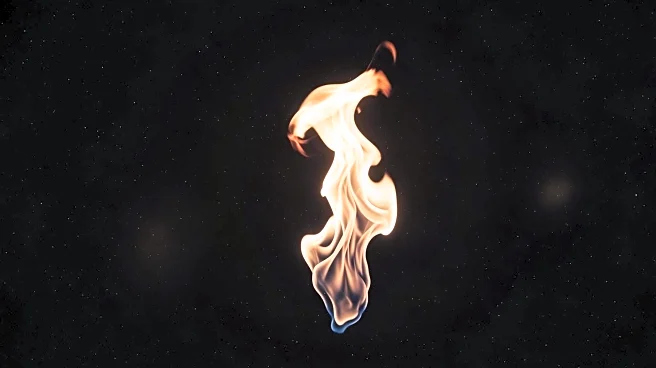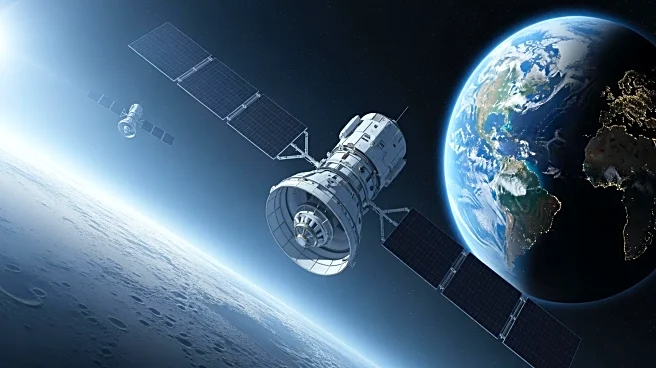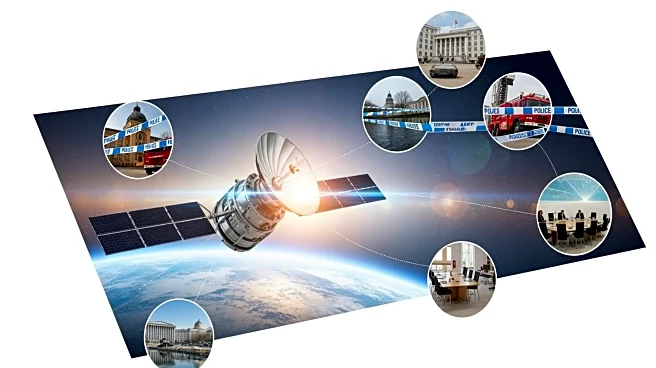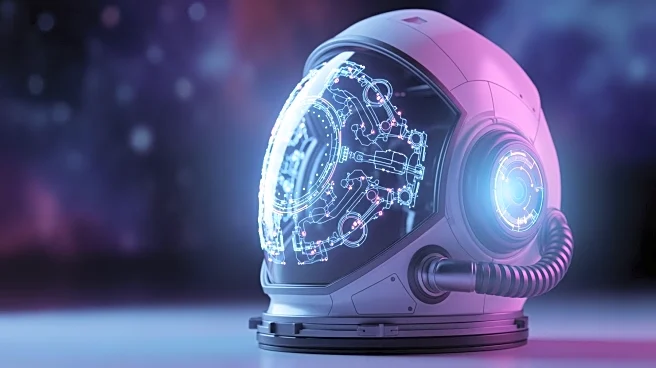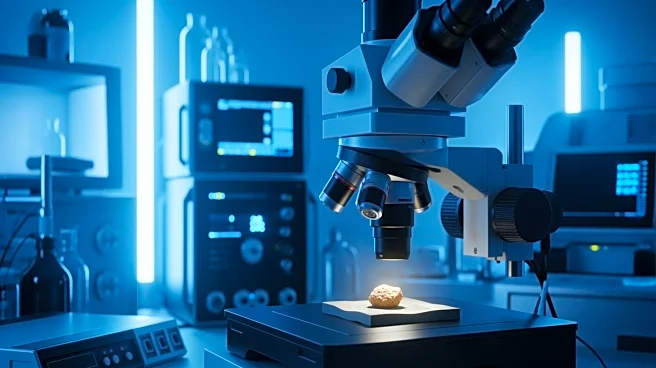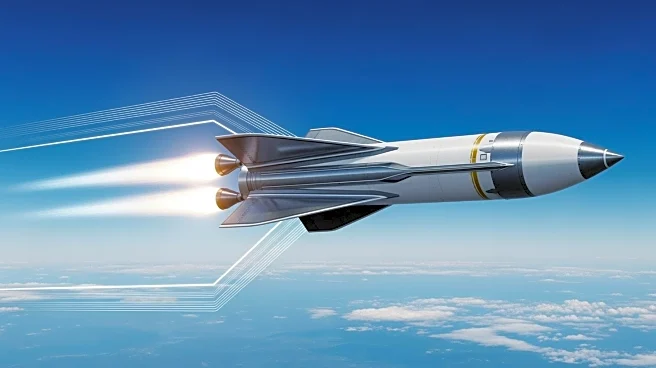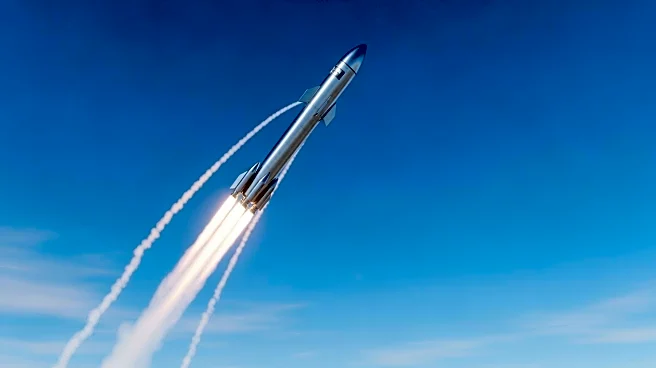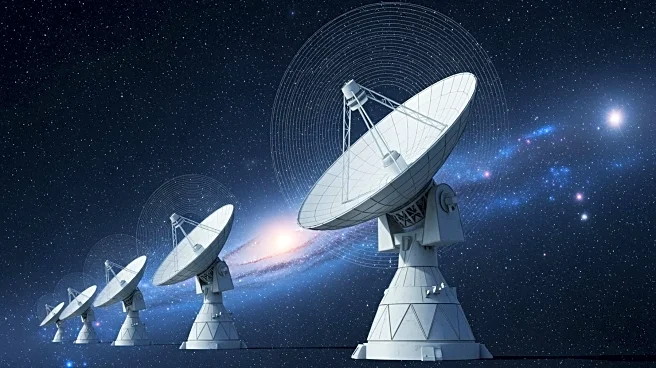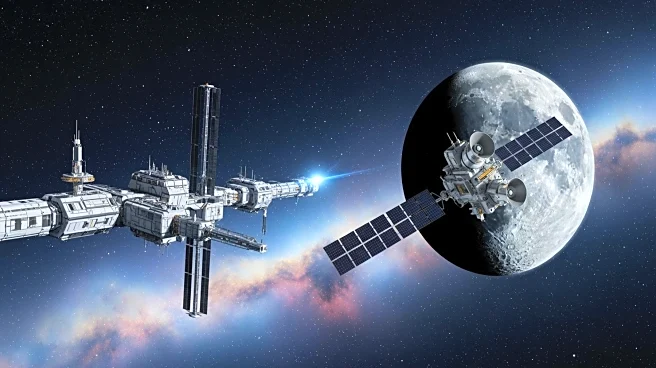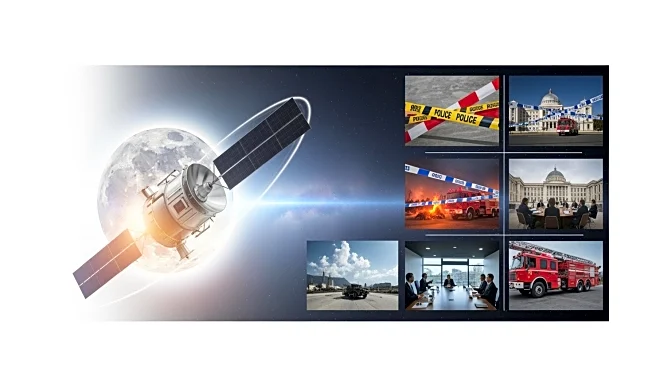What's Happening?
Chinese astronauts Gui Haichao and Zhu Yangzhu conducted a live demonstration on the Tiangong space station, igniting a candle to observe flame behavior in microgravity. Unlike on Earth, where a flame typically forms a teardrop shape due to convection,
the flame in space appeared as a calm, spherical glow. This phenomenon occurs because, in microgravity, the absence of buoyancy means that hot air does not rise, and oxygen reaches the flame through diffusion rather than convection. The experiment, broadcasted to classrooms across China, provided a visual insight into how microgravity alters basic physical processes like combustion. The Tiangong station allows for such demonstrations under controlled conditions, offering a broader range of visible experiments compared to the International Space Station, where open flames are tightly regulated.
Why It's Important?
The experiment conducted on the Tiangong station is significant for several reasons. It provides critical insights into how fire behaves in space, which is essential for the safety and design of future spacecraft and habitats. Understanding the diffusion-led burning process helps engineers develop better fire detection systems, ventilation layouts, and material standards for space environments. These insights are crucial as space missions extend to the Moon, Mars, and beyond, where safety margins are minimal. The ability to study combustion without the influence of gravity allows for the development of more accurate models that can improve life support systems and hazard responses in space.
What's Next?
The findings from the Tiangong experiment will likely influence the design and safety protocols of future space missions. As space exploration continues to expand, the knowledge gained from such experiments will be applied to improve the safety and efficiency of spacecraft systems. This includes refining fire detection and suppression systems, optimizing air recycling processes, and enhancing the overall safety of crewed missions. The ongoing research into microgravity combustion will continue to inform the development of technologies and protocols necessary for long-duration space travel.
Beyond the Headlines
The demonstration of flame behavior in microgravity also has broader implications for scientific research and education. By showcasing the fundamental differences in physical processes in space, the experiment serves as an educational tool that can inspire future generations of scientists and engineers. It highlights the importance of curiosity-driven research and the need for careful control and caution in space exploration. The insights gained from such experiments contribute to a deeper understanding of how to safely and effectively conduct human activities beyond Earth.
